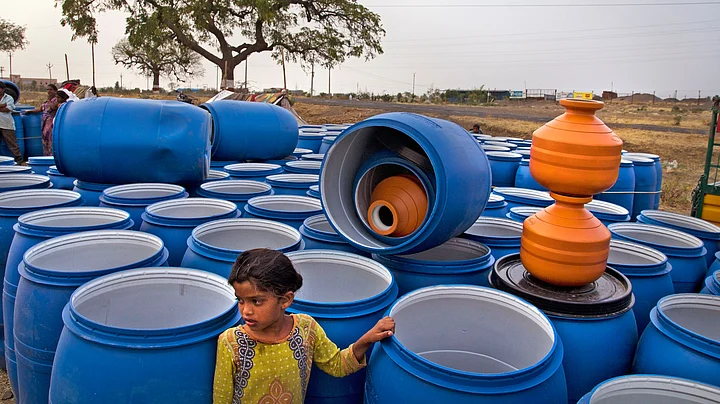Traditional water management methods in India can be traced back to the Indus Valley Civilisation. Water management has been critical for the survival of empires in the subcontinent – for example, the Chola kings were famous for their organised water system.
Let us examine some traditional water harvesting methods that the people of the Indian subcontinent have long been familiar with.
Each part of the country has different methods that are suitable for the topography and climate of the place. Take a look:
Ooranis in Tamil Nadu
Tamil Nadu has a long history of rainwater harvesting systems, and many of the same methods are of immense practical value to us even today. Ooranis refer to man-made ponds, where the mud is dug out and deposited around the border to act as a barrier.
These small ponds hold rainwater, recharge ground water and even act as a deposit source for sub-surface water. Many are also connected to larger tanks.
This creates a unique set of interconnected water channels. Ooranis can be a valuable source of drinking water in an area where the groundwater is quite saline. Sadly, many ooranis are in a state of disrepair today.
Kunds in North India
Common in the more arid parts of India, kunds are underground tanks used to collect and store fresh rainwater which can then be used during the drier parts of the year.
The kunds are built at the centre of a gently sloped catchment area (the slope can be natural or artificial) which helps the water collect in the tank. The first rains are often used to clean the tanks. The later showers are used to fill up these tanks which can be owned by individual families or even by the community at large. Kunds are made of cement or stone and water is drawn from openings at the top.
Bamboo Pipes in Meghalaya
For over 200 years, tribals in the Garo, Khasi and Jaintia Hills have used a brilliant methods of drip irrigation that uses local materials and the hilly topography to water their farms.
Bamboo channels of different diameters divert water from perennial hill streams and deliver them near the roots of the plants – thereby slowing down the speed of water and allowing a more efficient use.
These channels are largely used in winter and are closed during the monsoon seasons ensuring that the practice is sustainable and effective.
These are just some of the many methods of water harvesting that exist in our country but it is worrying that we tend to ignore indigenous knowledge. As India faces the possibility of becoming a water scarce country in the near future, all hands need to be on deck to improve the way we manage, collect and conserve our water resources.
(Shalini Iyengar is a lawyer and Research Associate at the International University College of Turin. This story was first published on 5 June 2016. It is being reposted from The Quint’s archives on the occasion of World Environment Day.)
